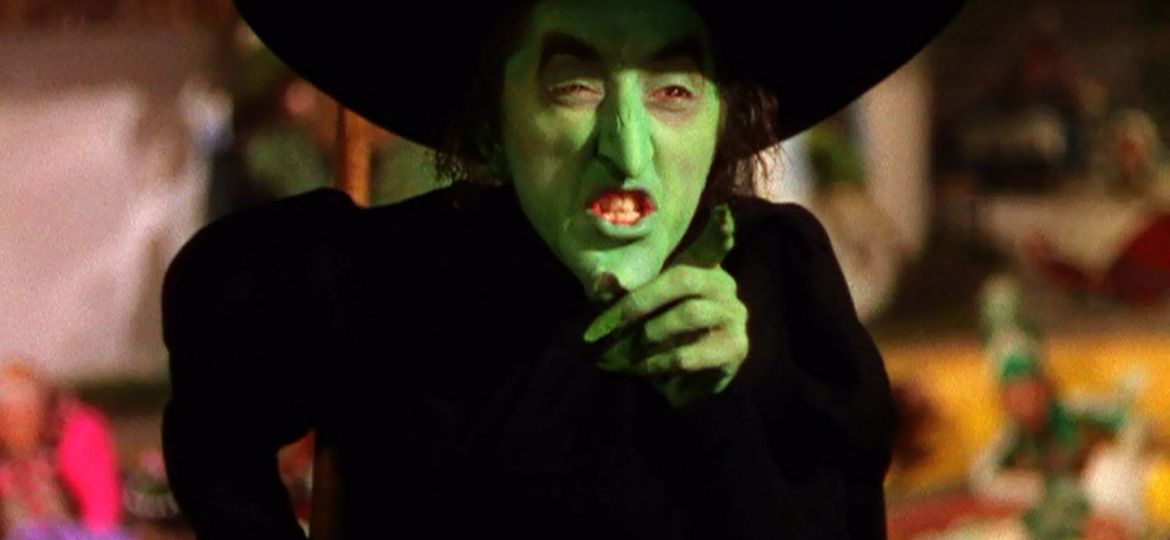
Welcome back to our 25th article of Shocktoberfest, and before we get too close to the end, I wanted to include another time-honored classic monster that has been a part of human culture for millennia. They’re the magic-wielding men and women of the fantasy world who can bend the elements of the universe to their own advantage, for good or for ill. You know them, you love them, and hopefully by the end you’ll have learned something new about witches and wizards.
While both terms are derived from the overarching term “magician,” magicians have come to develop a new definition as performers of illusions. Sometimes they’re called magi, warlocks, sorcerers or enchanters as well, but for the sake of brevity and ease, we’ll just be calling the women witches and the men wizards. Each word is rooted in Old and Middle English terms that began to take shape during the Medieval Era. While the religion of Wicca that is practiced today didn’t really develop until the twentieth century, the word “wicca” comes from the Old English word for “witch,” but oddly that spelling referred to male witches. Female witches were referred to as “wicce.” Over time, the generic male-centered term was used to define anyone who practiced witchcraft. “Wizard” is derived from fifteenth century England from the root word “wise,” implying that those with the ability to use magic were full of wisdom.
However, prior to Medieval England’s notion of enchanters, the ancient Greeks had a character from their own mythology who embodied many of the traits and abilities of our current definition. Written first is Hesiod’s Theogony and later in Homer’s hymns to Demeter, Hecate was a subterranean goddess who predated the Olympians and not only had the ability to control the forces of nature but also the will of men. She was so influential that a cult devoted to her spread throughout Greece and laid the foundation for other Pagan religions centered around witchcraft to develop.
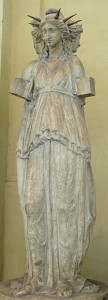
The reverence for magic did not last long in Europe. During the Middle Ages when Christianity became the dominant and ruling religion, Pagan religions were seen as harmful competitors and abominations since using magic implies having god-like powers which could be seen as a mockery of the god of the Bible. And with Christian law being enforced, many people suspected of or merely being arbitrarily accused of practicing witchcraft were burned alive under the dictation of Exodus 22:18, “Thou shalt not suffer a witch to live.” (KJV)
Even as late as the colonization in the Americas by the Puritans, witch burnings continued to be carried out. The problem with the trials was that no matter what the accused person said in his or her defense, no explanation was ever good enough because the onus was placed on the defendant to prove his or her innocence, but since the accusers assumed that any guilty witch or wizard would lie about their innocence only to save their own skins, draconian means of torture were used to force confessions out of people. Whether they admitted to it or not, many ended up dead by the end or had their livelihoods destroyed if they weren’t killed, and nowhere was this more prevalent than in Salem, Massachusetts.
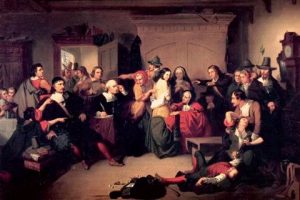
The events of the Salem Witch Trials became eerily similar to the Red Scare of 1950s America. In 1953, playwright Arthur Miller wrote The Crucible as an allegory of Joseph McCarthy’s fear-mongering crusade against communism, and while some reviews of it were very hostile, it won that year’s Tony Award for Best Play and became an instant classic for American drama.
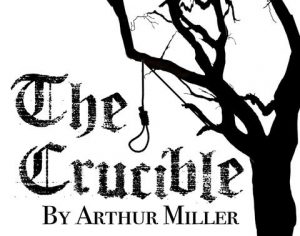
But before and after Miller’s play, witches and wizards have still been portrayed as villains in various works of literature. L. Frank Baum’s The Wonderful Wizard of Oz casts the Wicked Witch of the West as the main antagonist, and Walt Disney’s 1959 animated adaptation of Sleeping Beauty casts the sorceress, Maleficent, as the villain as well. While both women have evil connotations in their names–Maleficent coming from the Latin word “maleficium” which means mischief or wrong-doing–if we examine the story from their perspective, we might see things differently, and various writers have done so.
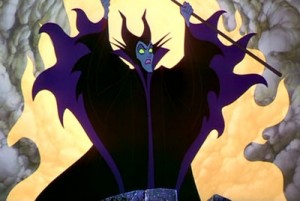
In 2003, the Broadway musical Wicked premiered. Based on the 1995 novel, Wicked: The Life and Times of the Wicked Witch of the West by Gregory Maguire, Wicked tells the story as an alternative to the 1939 film adaptation of Baum’s novel. In this version, the Wicked Witch of the West is actually named Elphaba, and is a shy but kind-hearted witch who is reviled by the people in Oz due to her green skin. By standing up against the tyrannical Wizard of Oz and rebelling against what she believes is wrong, she is deemed as a wicked pariah and falls from grace. She also is not melted to death by Dorothy. That was only a ruse to convince the people of Oz that she had died so she could escape her horrible life and begin a brighter future somewhere else.
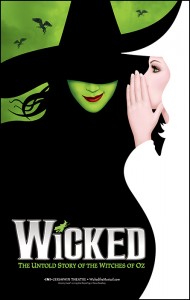
In 2014, Walt Disney Studios released a live-action adaptation of their 1959 animated feature entitled Maleficent, and much like Wicked, it tells the story from the witch’s perspective and shows that she was actually a victim of wrong-doing as opposed to a perpetrator of it. The ending to Maleficentdiffers from Sleeping Beauty by having a happy ending for the witch and dispensing justice on those who violated her.
Perhaps what makes witches and wizards so appealing is that depending on which stories you prefer, they can be as good or bad as you want them to be. They can be brave, wise and noble men and women who use their powers for the betterment of all life.
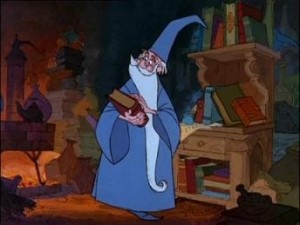
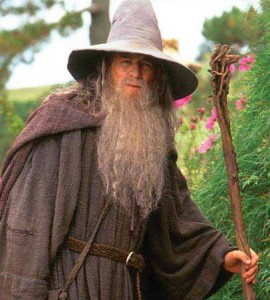
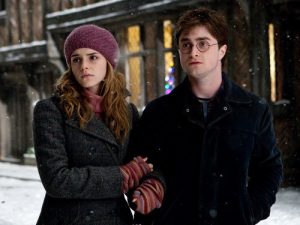
But they can also be bad and use their abilities to harm others or to protect their own interests.
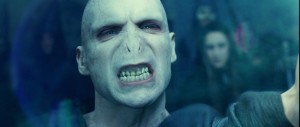
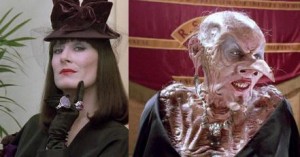
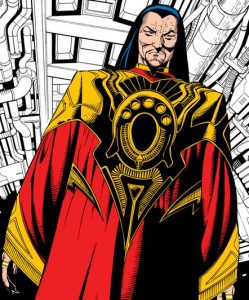
Whether you like J.K. Rowling’s portrayal of witches and wizards having the capacity to do the right thing and stand against those who would use black magic to plague humanity or prefer Roald Dahl’s depiction of ugly hags with purple eyes using their power to exterminate the children of the world, we can’t help but love them because deep inside we all wish we could be them. Even if “muggle” society denigrates those who have the gift of witchcraft, any one of us would accept that price if we could have the ability to wield magic and live like gods among men (as well as going to a real quidditch game). Halloween just isn’t Halloween without them.








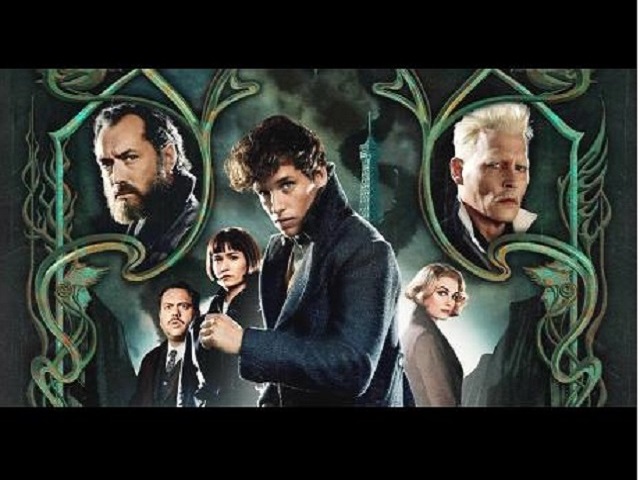




this is such a fascinating topic. it could probably be a focus for an entire month, it’s so broad. great job throwing in as much as possible for this one-and-done crash course, though! (also very happy to see the mandarin mentioned. haha.)